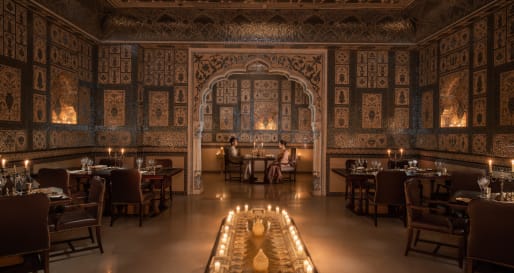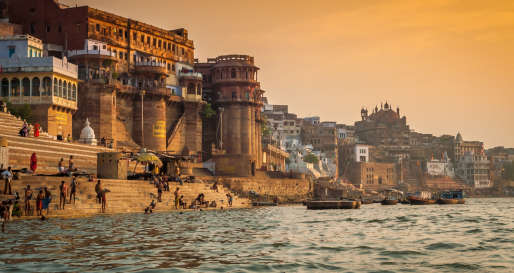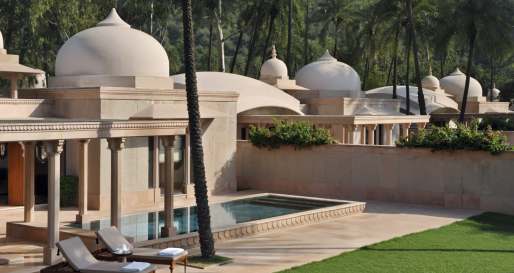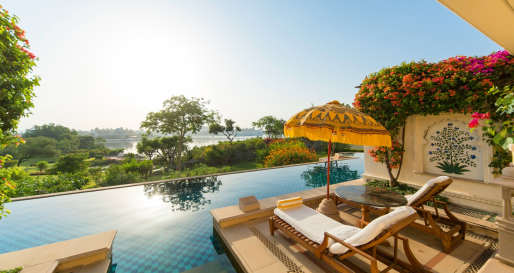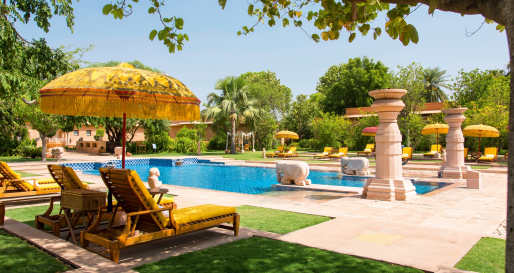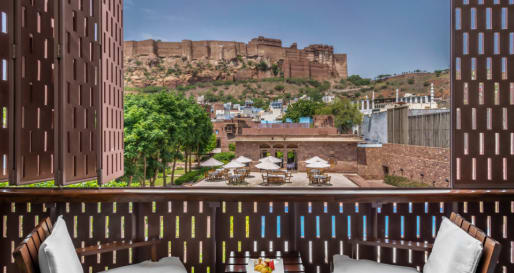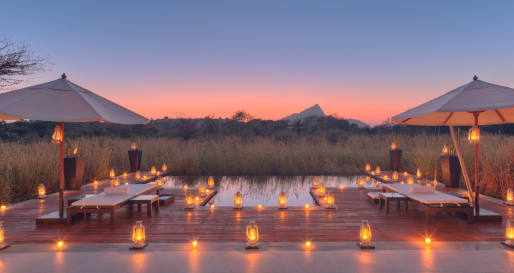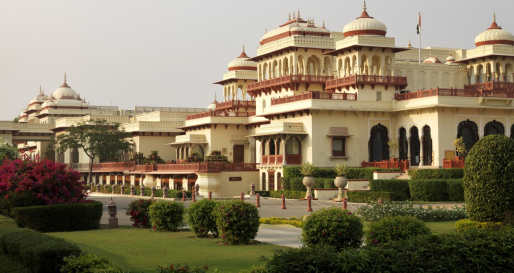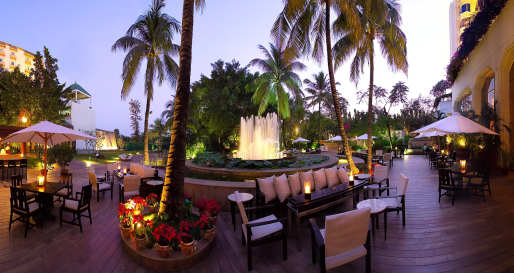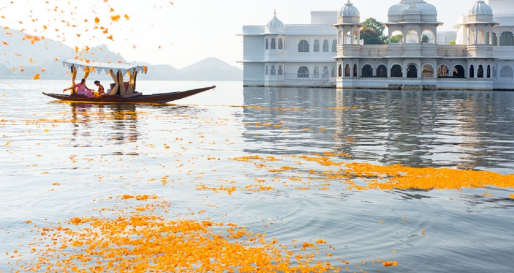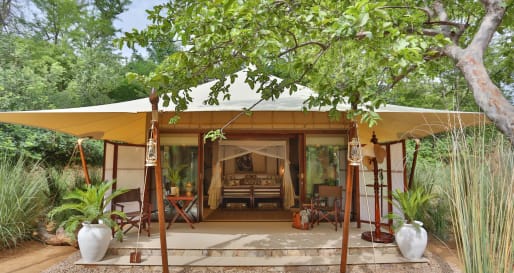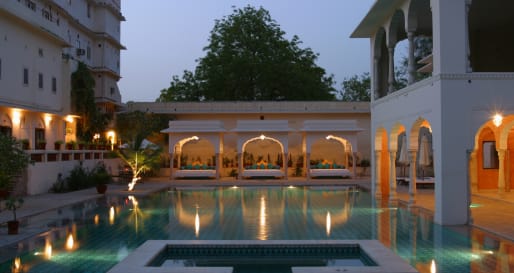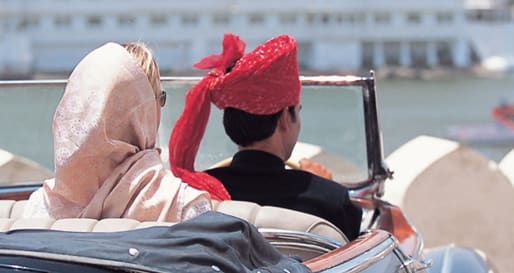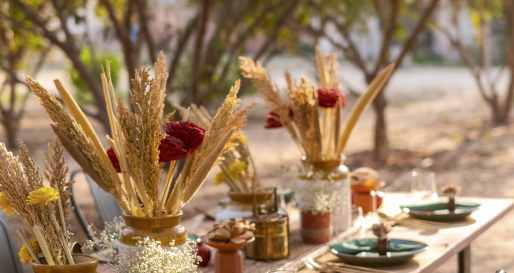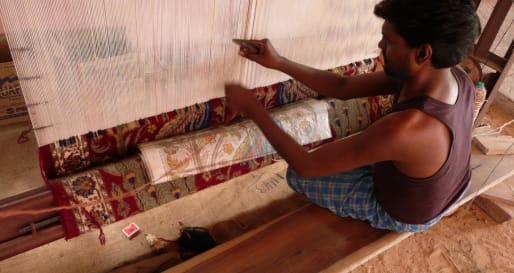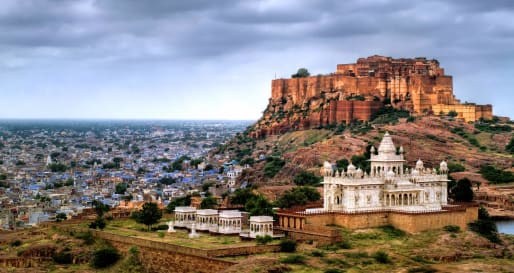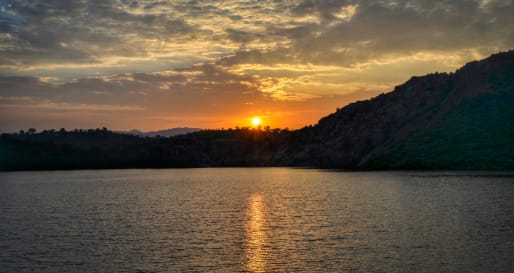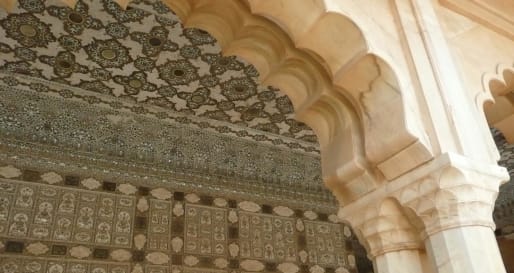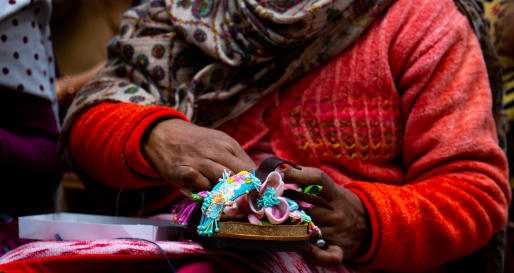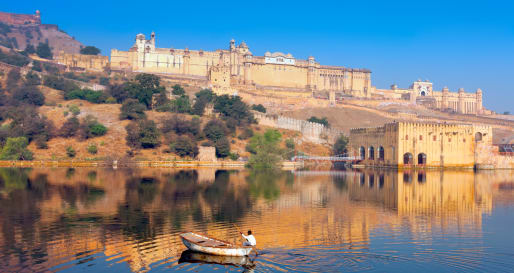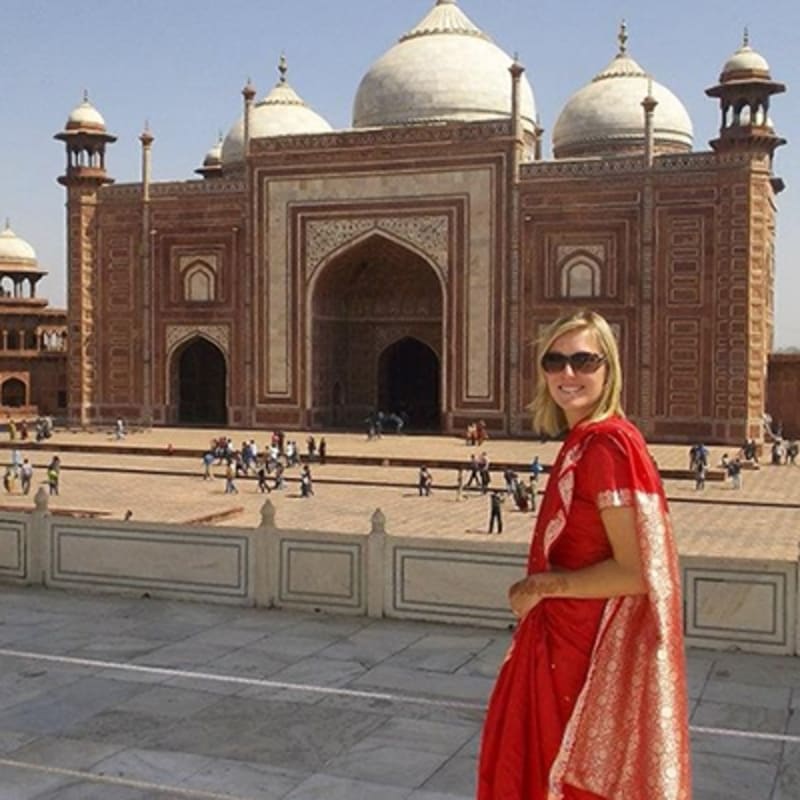Udaipur - Explore Udaipur
Udaipur is one of India's most scenic and romantic cities. On a half day experience with a guide, you will explore the City Palace, Jagdish Temple and Sahelion Ki Bari 'Garden of Maidens'.

Area
Rajasthan
Type
History
Grade
Standard
Who
Adults
Difficulty
Moderate
Duration
Half Day
The City Palace towers over the Pichola Lake. Maharana Uday Singh initiated the construction of the palace, but succeeding Maharanas added several more palaces and structures to the complex which, surprisingly, has retained uniformity in its design. The main part of the palace is now preserved as a museum, displaying a large and diverse array of artefacts. The rooms of the palace are superbly decorated with mirror tiles and paintings. Manak Mahal or the Ruby Palace has a lovely collection of glass and mirror work, while Krishna Vilas displays a rich collection of miniature paintings. Moti Mahal or the Pearl Palace has beautiful mirror work and the Chini Mahal has ornamental tiles. The Surya Chopar or the Sun Square has a huge ornamental sun symbolizing the sun dynasty to which the Mewar dynasty belongs. The Bari Mahal has a central garden with view of the city.
The Jagdish Temple is the largest and most splendid temple of Udaipur. Built by Maharana Jagat Singh I in 1651, the temple enshrines a black stone image of Lord Vishnu. There is a brass image of Garuda and the exterior and plinth are covered at the bottom with crocodiles coupled with elephants, horsemen and celestial musicians rising in tiers up the temple’s facade. There is also usually chanting, bells and music throughout the day.
The Sahelion Ki Bari was built by Maharana Sangram Singh in the mid 18th century. The 'Garden of the Maidens' brings to mind the lifestyle of the ladies of the court. The delightful gardens appear discreet and in impeccable taste. There are four pools with dainty kiosks, and all around are flowerbeds, lawns, pools and fountains protected by a series of walls and shady trees. The fountains of the Sahelion ki Bari function solely by water pressure and no pumps are used.
Tours Featuring This Experience
Be inspired by the itineraries below which include this experience and let our travel specialists craft a bespoke luxury holiday for you.
Recommended Hotels Nearby
A selection of luxury hotel options in the area, handpicked and recommended by our travel specialists.
More Experiences in This Area
Discover more things to do in the area and chat to our specialists about crafting these experiences into your tailor-made holiday.
Call us on 020 8682 5060 to start planning
